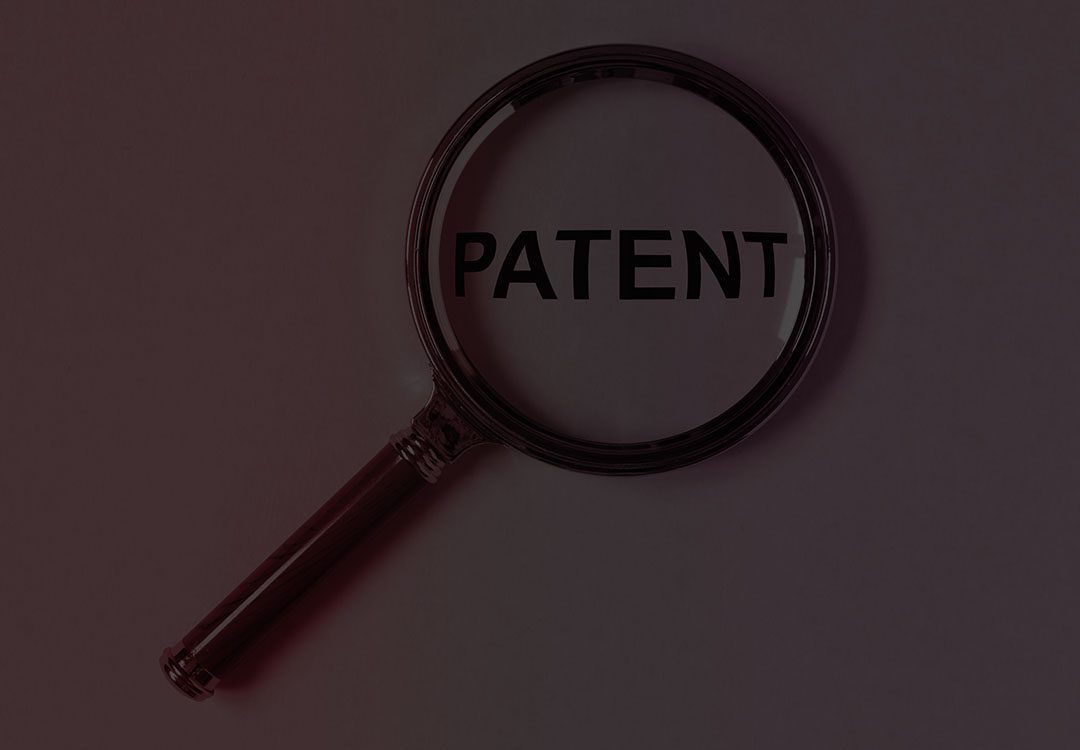A patentability search is directed to searching any reference of any kind which discloses the same.
Patentability searches are conducted when an inventor has a novel invention in which he is interested in filing a patent and wishes to determine if anyone has previously invented anything similar or identical.
In this search, we cover both Patent Citations/Non-Patent Citations with different approaches and understanding.
Novelty searches generally have no date constraints on the prior art. In other words, if you find prior art that reads on the invention, it does not matter whether the prior art is from yesterday or 100 years ago – it is relevant. The reason for this lack of date constraints has to do with patent law: Anything that has already been disclosed to the public, in any manner, at any time, cannot be patented.
The basic requirements for an invention to be Patented :
- Novelty
- Inventiveness
- Industrial applicability
Also before filing a patent application we follow the US patent law under sections 101, 102, 103, and 112.
TT Consultant




